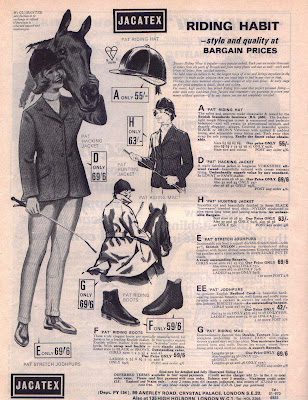Review: Lauren St John - Race the Wind
Review: Lauren St John: Race the Wind
Lauren St John: Race the Wind
Orion Books, 2013, £9.99 (hardback)
Race the Wind is the second in the Casey Blue series. In the
much grittier first book, Casey is living in East London, in grinding poverty.
She buys a horse for an American dollar (the only money she has is the sort
useless in London) and after many trials, wins Badminton at the age of 17.
The sequel has very little of the spiky, difficult
background that made the first book an interesting read: inevitably, as life
has moved on for Casey. She no longer lives in London, but at a training stable
in Kent with her mentor, Mrs Smith. Having won Badminton, she gets an automatic
entry into the Kentucky Three Day Event, and when the book opens, all seems set
fair for an attempt on that. However, her father’s background as an ex con,
which haunted the pair throughout the first book, comes up again. He is
arrested on suspicion of murder. Casey receives a blackmail demand: win the
Kentucky, and she’ll get a DVD with evidence that will clear her father. Lose,
and she won’t. Casey is determined she’ll win, but first she has to overcome
the fact she’s nearly destroyed her bond with Storm.
This book is a very different one to the first: rather than
an exploration of the difficulties of making it in the horse world when you
come from a poor background, this is a pretty straightforward mystery. There
are corrupt police, blackmailers, and a devious plot. All this is mixed up with
Casey’s new, stringent, training regime. She is put on a diet of which Gwyneth
Paltrow would approve, and experiences a fitness programme that sounded
terrifying from the depths of my sofa. Mrs Smith also introduces some radical
new elements into Casey’s riding too, designed to get her to re-bond with
Storm. The book is an interesting insight into what top athletes go through to
get to the top: the book’s strength is its portrayal of just how hard it is to
succeed in eventing.
Race the Wind
doesn’t see anywhere near the same exploration of Casey’s relationships as the
first: her boyfriend, Peter, is absent for a chunk of the book, but when he
does appear, there’s enough there to please any reader who likes romance as a
side issue which doesn’t detract from the plot.
There’s still no explanation of Angelica Smith’s mysterious
illness, which causes her much pain but is of the convenient sort that still
enables her to function more or less normally. No doubt we’ll get an explanation
in the third book, in which Casey will probably win the last Three Day event
necessary to win the Rolex Grand Slam – Burghley, something that’s only ever
been achieved once, by Pippa Funnell in 2003. Actually, I hope Casey doesn’t,
because it would make for a more interesting story if she either lost, or
decided to devote her talents elsewhere. I hope Casey’s poor father is let off
the hook in the third book too. It does seem a bit rough when your creator
keeps whacking you round the head with your past, whilst berating the fact it’s
happening in her fictional world.
Did Race the Wind
grab me? No, it didn’t. It lost me when Casey receives the ransom demand, as
the requirement for her to win the Kentucky Three Day event was so spectacularly
unreasonable I couldn't think why the blackmailers made the demand, or why Casey had not wondered, even for a moment, if it wasn't all just a touch unlikely. Just because
you’ve won Badminton, there’s absolutely no guarantee you’ll win the next four
star event. All is explained at the end, but by then I’d lost interest. The first book I found more involving, if flawed: I found Casey's fight for recognition involving. Now she's made it, for me she's lost any interest as a character. The mystery became the dominant feature, and having failed to engage with it from the beginning, I failed to engage with the book. It's a shame. I wanted to like it.



Comments